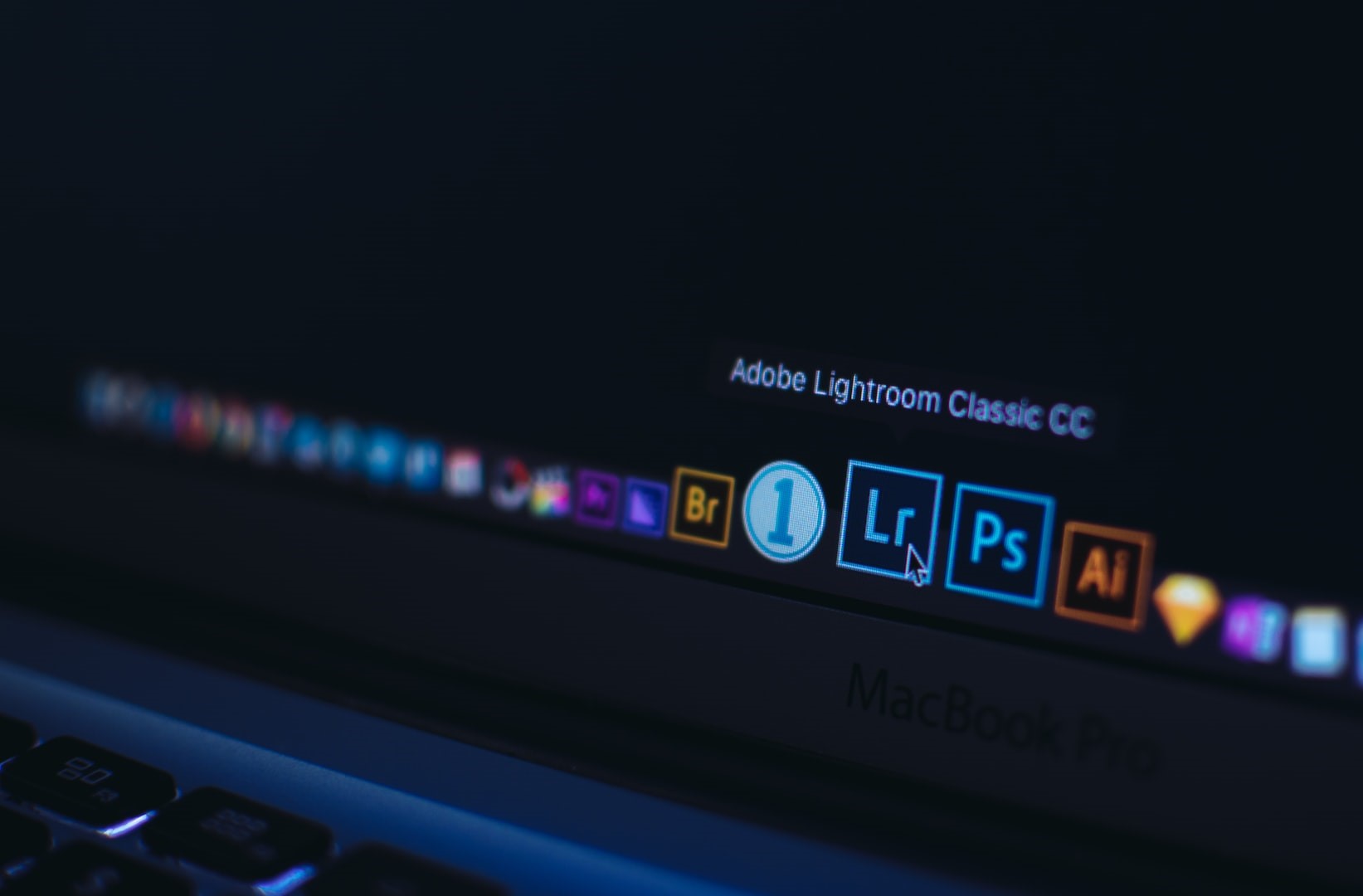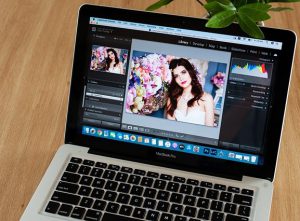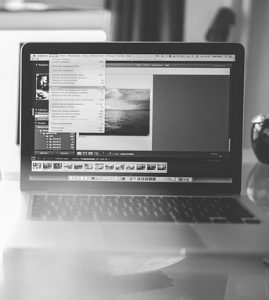
Similar to how Bucky Bingo Promo Code makes it easier to play bingo online, Lightroom makes it easier for photographers to make amazing images. If you’re a photographer, you probably know about Lightroom. But if not, let’s go over all of the reasons why every photographer should be using Lightroom.
Lightroom is a photographer’s best tool
As a photographer, you know how important it is to keep your photos organized and backed up. You want to be able to find the right files at the right time, so they’re ready when it’s time to edit them or share them with clients or friends. Lightroom is a photo management and editing program that allows you to organise your photos into collections and albums, which makes finding them easy even if they’re scattered across multiple hard drives. It’s also powerful enough for professional photographers who need advanced image adjustment capabilities like drawing masks over specific parts of an image or correcting vignetting.
 In addition to organising and editing images, Lightroom has some great tools for making sure you’re getting great shots from day one:
In addition to organising and editing images, Lightroom has some great tools for making sure you’re getting great shots from day one:
- The Spot Removal tool lets you remove distracting elements from an otherwise perfect shot by cloning part of this area onto another part where there was nothing distracting in order to create a seamless background;
- The Graduated Filter tool allows you apply adjustments such as exposure levels more evenly throughout an image so that no area appears brighter than others;
- The Adjustment Brush lets you make targeted changes within certain areas while leaving everything else untouched.
The ability to make broad changes quickly
One of the biggest benefits of Lightroom is that it makes it easy to make broad changes quickly. A big part of this is the Quick Develop panel, which is designed to allow you to make broad changes quickly—and then fine-tune them if necessary. The Develop module also includes powerful tools like graduated filters and local adjustments that allow you to edit your photos in many different ways.
Your photos will look better right out of camera with Lightroom’s automatic processing (including noise reduction and lens corrections), but there are plenty more options for editing your images than just these standard settings.
Editing with layers
 Layers are one of the most powerful features in Lightroom, and they’re also one of the easiest to use. They allow you to edit a photo more quickly and precisely than ever before, making it possible to make changes to specific parts of your image or even just portions of it. You can also use layers when editing photos that have already been edited elsewhere—for example, if you’ve used Photoshop on an image and then want to add some finishing touches in Lightroom.
Layers are one of the most powerful features in Lightroom, and they’re also one of the easiest to use. They allow you to edit a photo more quickly and precisely than ever before, making it possible to make changes to specific parts of your image or even just portions of it. You can also use layers when editing photos that have already been edited elsewhere—for example, if you’ve used Photoshop on an image and then want to add some finishing touches in Lightroom.
You can edit photos using layers by selecting them from within the library module or applying adjustments using Radial and Graduated filters. When making edits through these techniques, you will notice small circles appear over each area that is being altered by your filters; these are called “pins” because they indicate which areas have been selected for adjustment. While pins may seem like an unnecessary addition at first glance (especially if no adjustment has yet been made), they become essential later when creating masks or adjusting specific areas of an image—and this is where layers come into play!
